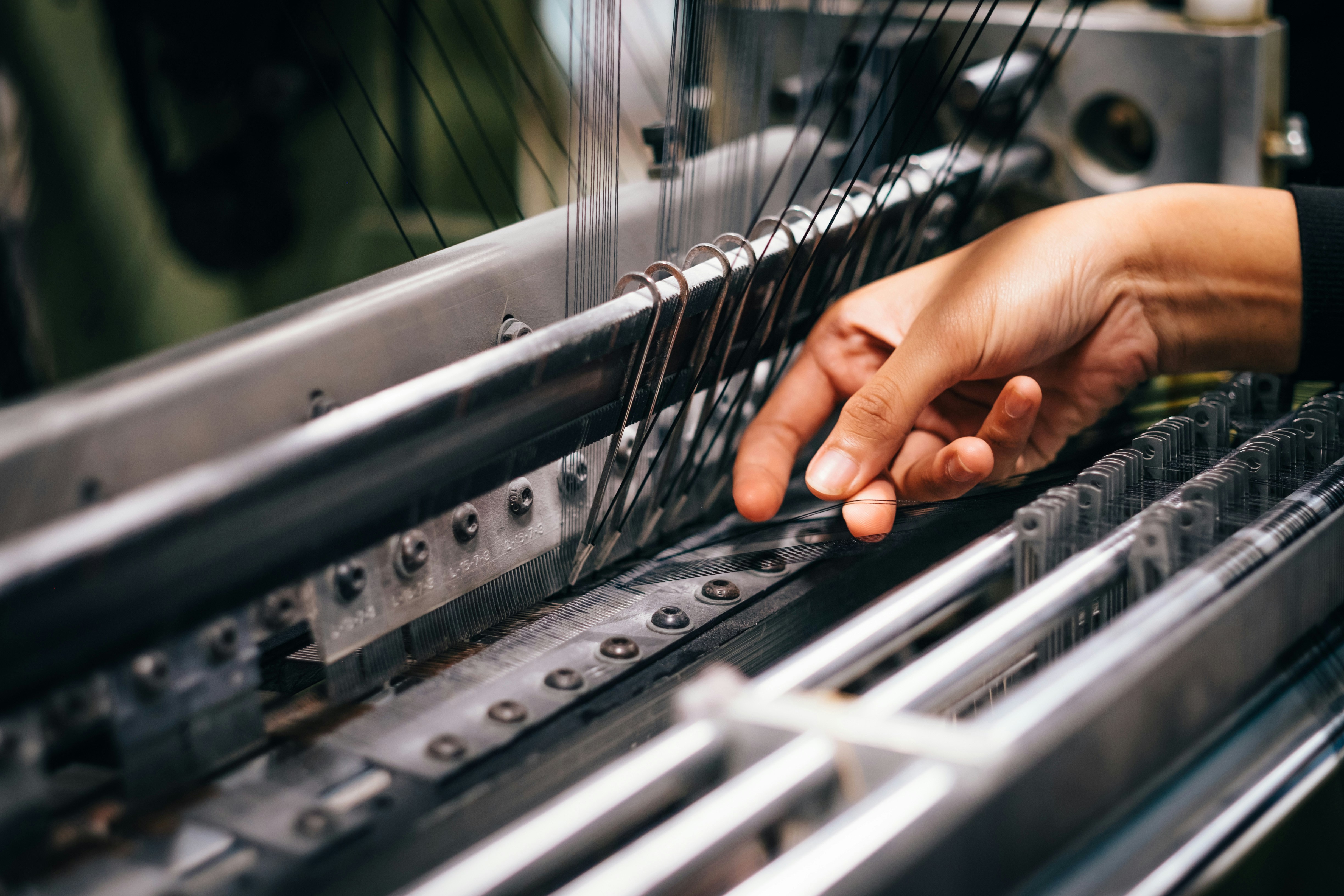Introduction to Nylon Webbing
Nylon webbing is more than just a strip of fabric; it’s a powerhouse in the world of materials. If you’re involved in projects that require strength and reliability, you’ve likely come across this versatile product. Its unique properties make it ideal for everything from camping gear to safety harnesses. But what exactly makes strong nylon webbing such a go-to choice for nylon webbing heavy-duty applications? Let’s dive into the details and explore why this material stands out above the rest!
What is Nylon Webbing Made Of?
Nylon webbing is crafted from a synthetic polymer known as nylon, which belongs to the polyamide family. This material is celebrated for its remarkable strength and flexibility.
The process begins with the creation of nylon fibers through polymerization, where long chains of molecules intertwine. These fibers are then woven tightly together to form a durable fabric that can withstand significant tension and wear.
Different grades of nylon can be used to achieve varying levels of durability and resistance. For instance, high-tenacity nylon is often preferred for heavy-duty applications due to its enhanced toughness.
Additives may also be incorporated during production to improve UV resistance or water repellency. Such enhancements ensure that the webbing remains reliable in diverse environments, making it an ideal choice for demanding projects.
Strength and Durability of Nylon Webbing

Nylon webbing is renowned for its impressive strength and durability. Known for withstanding heavy loads, it has become a favorite in various applications. The high tensile strength ensures that it won’t easily break under pressure.
One key factor contributing to this resilience is the unique construction of nylon fibers. They are tightly woven, creating a robust fabric that resists fraying and tearing.
Additionally, nylon webbing can endure harsh weather conditions. Whether exposed to sun or rain, it maintains structural integrity without significant deterioration. This quality makes it suitable for outdoor use where reliability is essential.
The ability to stretch slightly allows nylon webbing to absorb shock effectively too. This feature further enhances its performance in dynamic situations, such as climbing or securing cargo during transport.
Such attributes make strong nylon webbing an ideal choice when seeking materials capable of handling demanding tasks efficiently.
Uses of Nylon Webbing in Heavy-Duty Applications
Nylon webbing shines in various heavy-duty applications, showcasing its versatility. One prominent use is in outdoor gear and equipment, such as backpacks and climbing harnesses. The strength of nylon ensures safety during rigorous activities.
Another vital application lies in the automotive sector. Strong nylon webbing is often utilized for tie-down straps and towing systems due to its ability to withstand significant weight without fraying or breaking.
In industrial settings, it serves as a reliable material for slings and lifting devices. The durability of nylon allows it to handle hefty loads while maintaining integrity over time.
The military also benefits from strong nylon webbing for tactical gear and vehicle restraints. Its resistance to abrasion plays a crucial role in ensuring reliability under challenging conditions.
These diverse uses highlight why strong nylon webbing has become a go-to option across multiple industries needing robust performance.
Advantages of Using Strong Nylon Webbing

Strong nylon webbing stands out for its versatility in countless applications. It’s lightweight yet incredibly robust, making it ideal for both commercial and personal projects.
One major benefit is its resistance to abrasion and UV rays. This durability ensures that the webbing maintains its integrity even under harsh environmental conditions.
Moreover, strong nylon webbing has excellent elasticity. It can stretch without breaking, which helps absorb shocks when used in dynamic situations like towing or securing loads.
Another advantage lies in its ease of handling. It’s simple to sew or tie, enabling quick adjustments as needed during projects.
Additionally, the variety of colors and widths available allows you to choose options that fit your aesthetic requirements while still providing strength and reliability.
How to Choose the Right Nylon Webbing for Your Needs
Choosing the right nylon webbing is crucial for achieving optimal performance in your projects. Start by assessing the specific requirements of your application—consider factors like load capacity, environmental exposure, and flexibility.
Next, check the width and thickness of the webbing. Thicker options generally offer more strength but can be less flexible. Think about how you’ll use it: will it need to conform around corners or support heavy weights?
Don’t overlook color and texture either. Different finishes can affect grip and aesthetics, so pick one that suits both functionality and style.
Always research manufacturers’ specifications. Reliable brands provide detailed information on tensile strength and durability ratings—essential for making an informed choice.
Conclusion
Nylon webbing stands out for its remarkable strength and versatility, making it an ideal choice for a variety of heavy-duty applications. Its fashion unique composition ensures that it can withstand significant stress while remaining flexible enough to handle different configurations. Whether you’re using strong nylon webbing for projects related to outdoor gear, safety harnesses, or industrial uses, the benefits are clear.
When selecting nylon webbing, consider factors such as thickness, width, and load capacity to ensure it meets your specific needs. With numerous options available on the market today, finding high-quality strong nylon webbing tailored to your application is more accessible than ever.
The combination of strength and durability makes strong nylon webbing a reliable option for those who demand resilience in their projects. It’s not just about having something that looks good; it’s about ensuring functionality under pressure. Embracing this material will undoubtedly lead you toward success in various endeavors requiring robust support systems.

